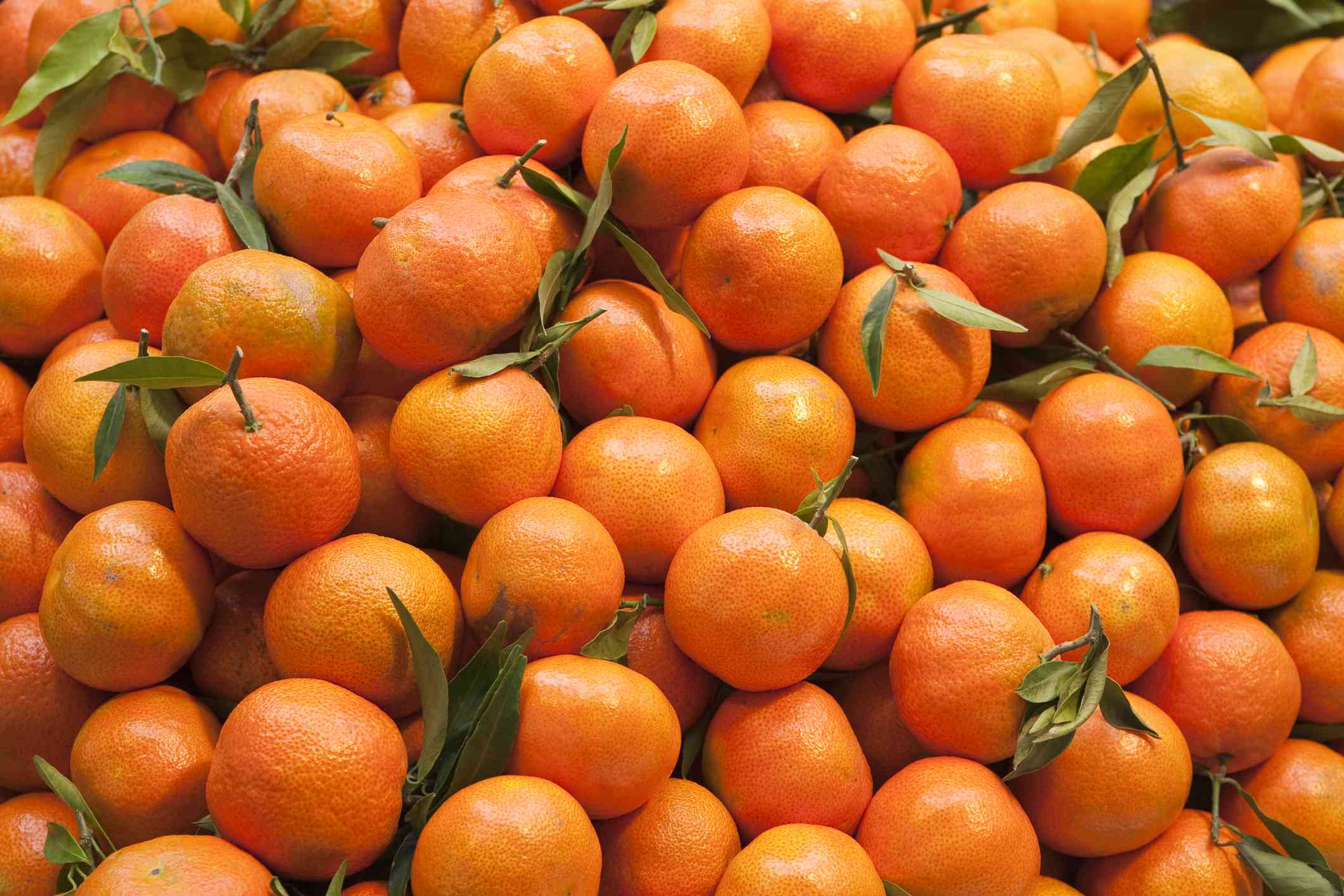
Ever wondered why oranges are such a popular fruit, or perhaps there's more to these citrus wonders than meets the eye? Yes, there's a whole lot more! From their surprising origins to their hidden health benefits, oranges are not just your average snack. They're packed with fascinating stories and facts that might just make you see them in a whole new light. So, why do oranges seem to always find their way into our fruit bowls and juices? It's not just because they're delicious. These vibrant fruits hold secrets that have traveled through time, from ancient orchards to modern supermarkets. Ready to peel back the layers? Let's squeeze out some juicy details about oranges that you probably didn't know.
Key Takeaways:
- Oranges are more than just a tasty fruit - they're packed with Vitamin C, fiber, and antioxidants, making them a superfood for a healthy immune system and digestion.
- With over 600 varieties, oranges offer a range of flavors and colors. They're not just orange, and they're not just for eating - every part of an orange can be used in recipes!
What Makes Oranges So Special?
Oranges, vibrant and bursting with flavor, are more than just a delicious fruit. They're packed with nutrients and have a fascinating history. Here's why oranges deserve a spot in your daily diet.
-
Oranges are a powerhouse of Vitamin C, crucial for repairing body tissues and maintaining a healthy immune system. Just one medium-sized orange can provide you with all the Vitamin C you need for the day.
-
They originated thousands of years ago in Southeast Asia, spreading to India and eventually across the globe through trade routes.
-
This fruit is not only about the sweet and tangy taste; it's also about versatility. From the peel to the flesh, every part of an orange can be used. The peel serves as a zest in recipes, while the flesh is perfect for juices, salads, and desserts.
The Surprising Varieties of Oranges
Believe it or not, there are over 600 varieties of oranges. Each has its unique flavor, size, and color.
-
The most common types include Valencia, Navel, and Blood oranges. Valencia oranges are known for their perfect balance of sweetness and acidity, making them ideal for juicing. Navel oranges, recognizable by their "navel" or circular mark on the fruit's exterior, are great for snacking due to their sweet taste and easy-to-peel skin. Blood oranges, with their distinctive crimson-colored flesh, offer a raspberry-like flavor in addition to the usual citrus tang.
-
Among these varieties, some are specifically bred for their resistance to diseases and ability to thrive in different climates. This diversity ensures oranges can be grown and enjoyed worldwide.
Health Benefits Beyond Vitamin C
Oranges offer more than just a high dose of Vitamin C.
-
They're rich in fiber, which aids in digestion and helps maintain a healthy weight by keeping you feeling full longer.
-
Oranges contain antioxidants like flavonoids and carotenoids, which fight free radicals, reducing the risk of chronic diseases such as cancer and heart disease.
-
Regular consumption of oranges has been linked to lower blood pressure and cholesterol levels, thanks to their potassium and hesperidin content.
Oranges in Culture and Economy
Oranges hold significant cultural and economic value in many countries.
-
In Chinese culture, oranges are symbols of good luck and prosperity, often given as gifts during the Lunar New Year.
-
The orange industry is a major economic driver in several countries, including Brazil, the United States (particularly Florida and California), and China. These regions are leading producers, exporting oranges and orange products worldwide.
How to Select and Store Oranges
Picking the perfect orange and keeping it fresh is simpler than you might think.
-
Look for oranges that are firm and heavy for their size—this indicates juiciness. The skin should be smooth and brightly colored, without any soft spots or blemishes.
-
Oranges can be stored at room temperature for about a week or in the refrigerator's crisper drawer for up to two weeks. This prolongs their freshness and flavor.
Fun Facts About Oranges
Lastly, here are some amusing tidbits about oranges that might surprise you.
-
Oranges were once a luxury item, only affordable to the wealthy, especially during the 17th and 18th centuries in Europe.
-
The world's largest orange was grown in Brazil, weighing in at a whopping 1.48 kilograms (about 3.26 pounds).
-
Contrary to popular belief, oranges are not always "orange." Depending on the climate and growing conditions, their skin can range from green to yellow, but this doesn't affect their taste or nutritional value.
Squeezing Every Drop of Knowledge
Oranges, more than just a vitamin C powerhouse, have proven themselves as fascinating subjects beyond their tangy taste. From their ancient origins to their modern-day genetic modifications, these citrus gems carry stories worth sharing at your next gathering. They're not only pivotal for health but also for economies around the globe. Who knew that the journey of an orange could be so rich and intertwined with human history? Next time you peel one open, remember it's not just a fruit; it's a slice of history, culture, and science, all wrapped in an orange peel. So, the next time you enjoy this juicy fruit, think about the incredible journey it has taken to reach your hands. Let's keep peeling back the layers of knowledge and discover even more about the everyday wonders surrounding us.
Frequently Asked Questions
Was this page helpful?
Our commitment to delivering trustworthy and engaging content is at the heart of what we do. Each fact on our site is contributed by real users like you, bringing a wealth of diverse insights and information. To ensure the highest standards of accuracy and reliability, our dedicated editors meticulously review each submission. This process guarantees that the facts we share are not only fascinating but also credible. Trust in our commitment to quality and authenticity as you explore and learn with us.


